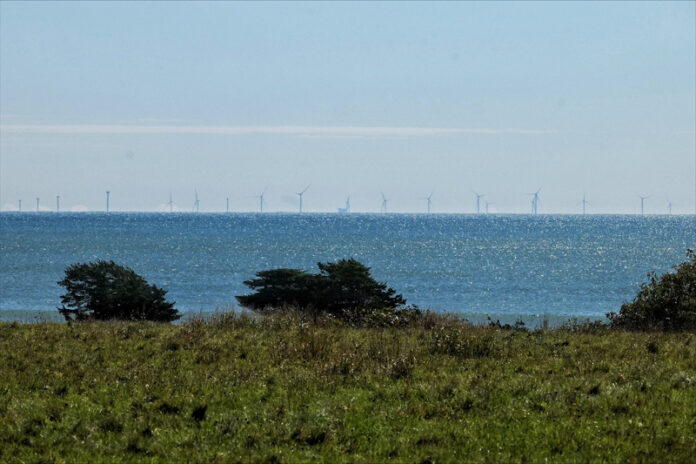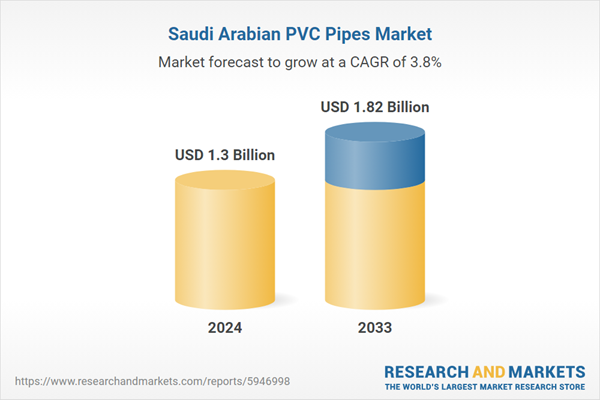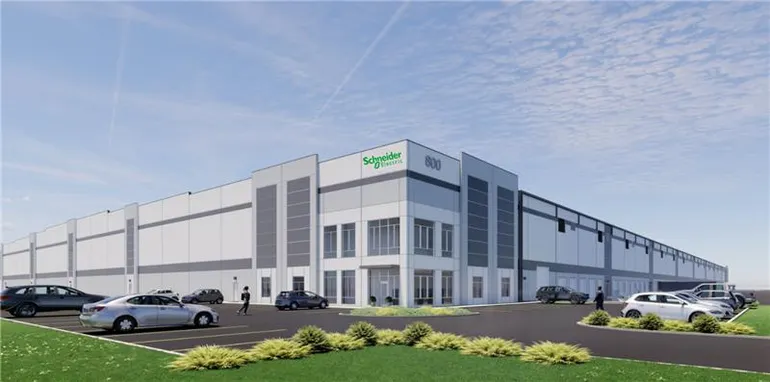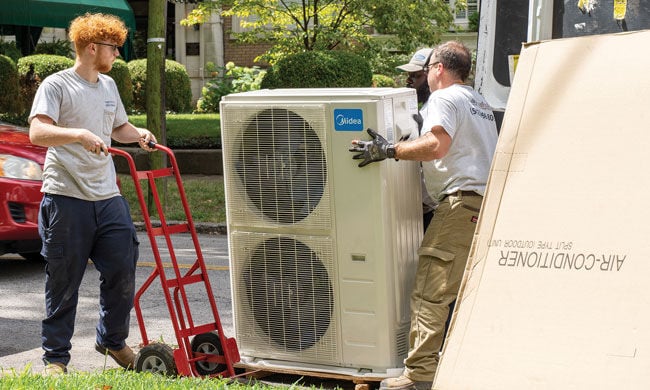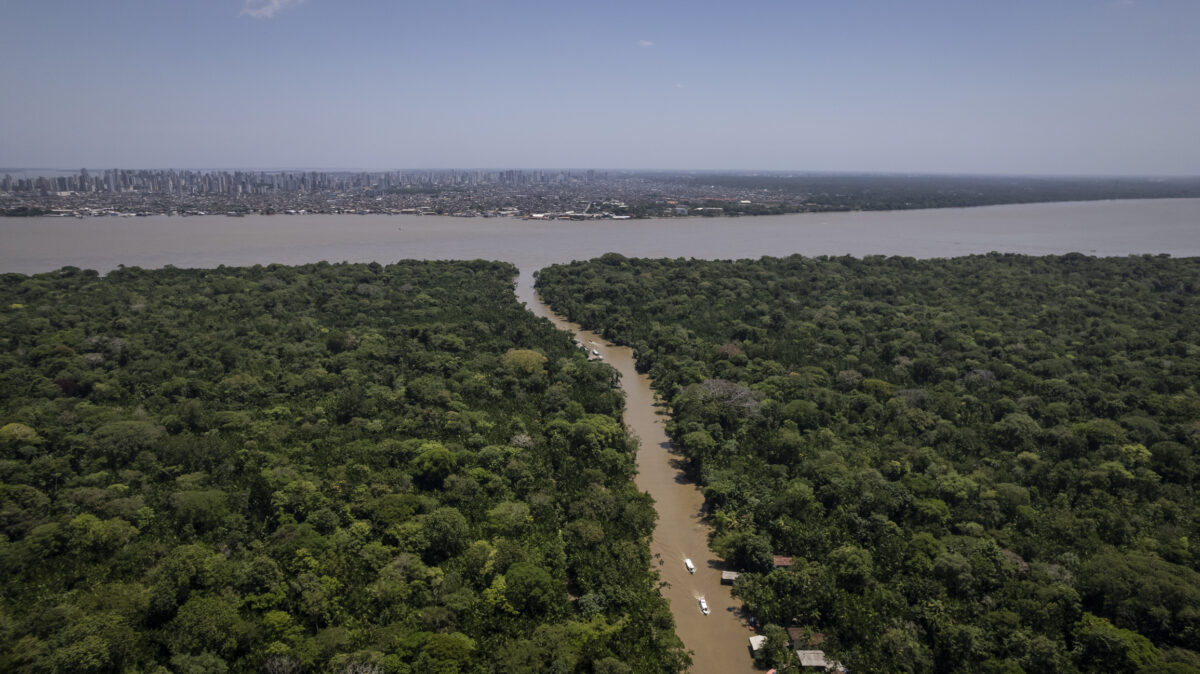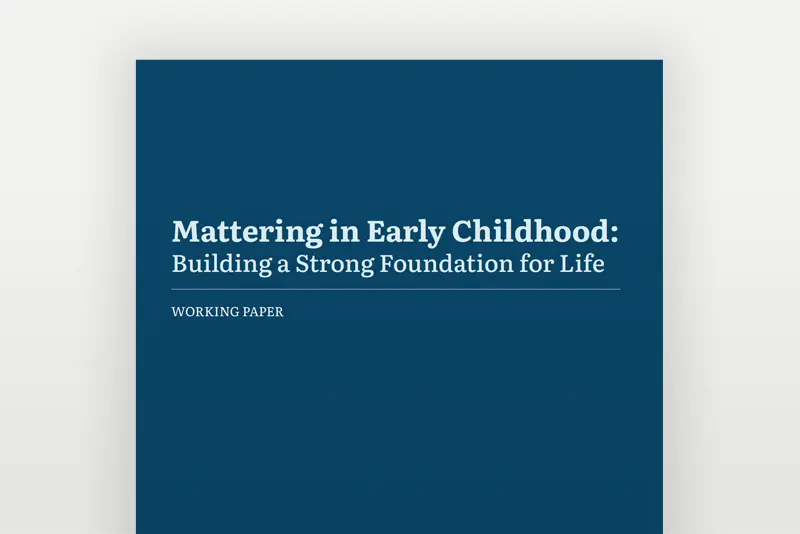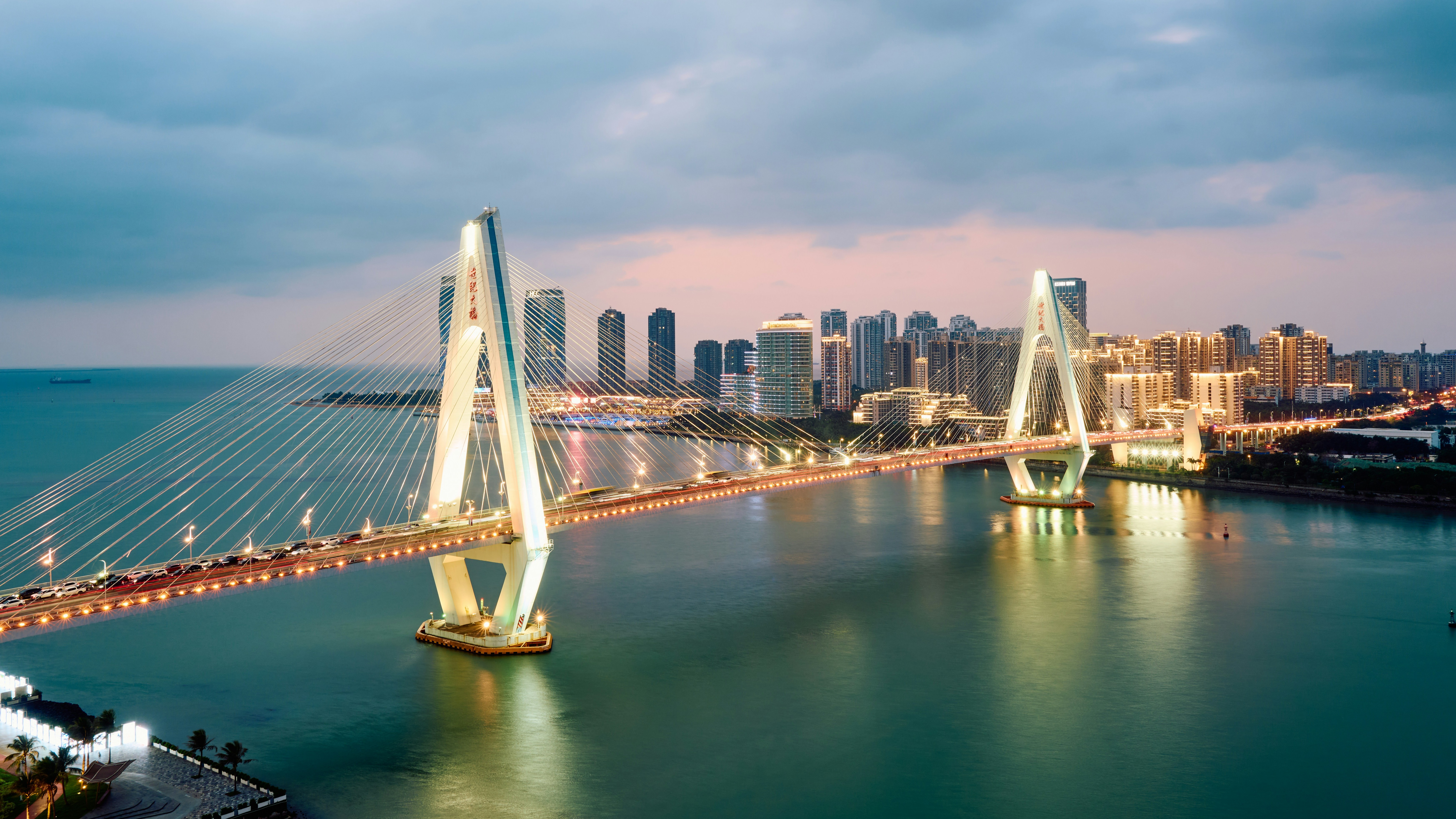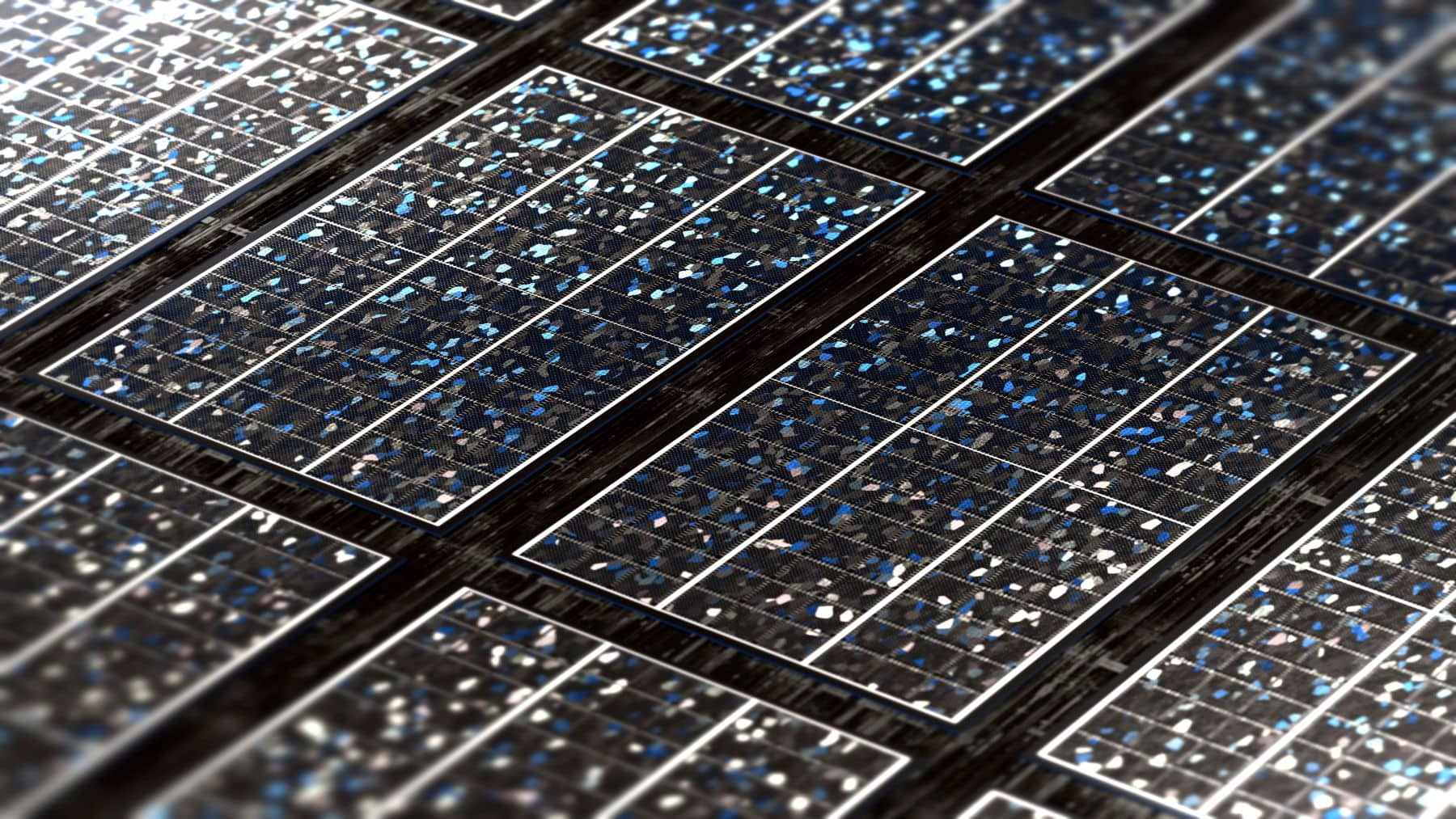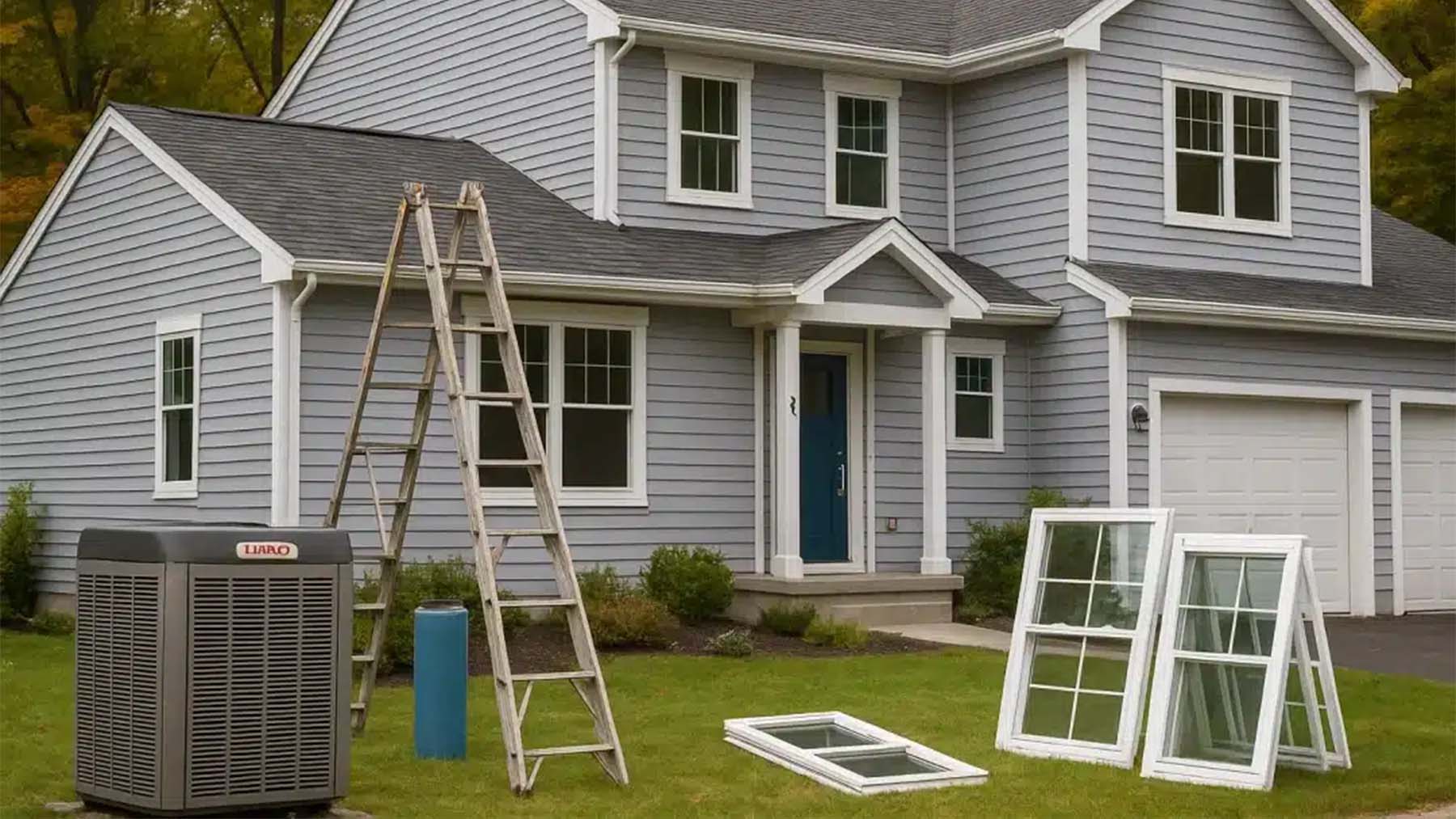Why This Energy Transition is Different – Kleinman Center for Energy Policy

Report on the Global Energy Transition and its Alignment with Sustainable Development Goals
This report analyzes the current global energy transition in the context of historical precedents and its critical role in achieving the United Nations Sustainable Development Goals (SDGs). Drawing on insights from Cutler Cleveland, Associate Director of Boston University’s Institute for Global Sustainability, it examines the unique drivers, challenges, and opportunities of shifting towards a carbon-free energy system.
Historical Energy Transitions: Foundations of Modern Economies
Human history is marked by a series of energy transitions that have fundamentally reshaped civilization, each contributing to economic expansion and societal change. These shifts provide a crucial lens for understanding the scale and complexity of the current transition.
Key Historical Shifts
- Wood to Coal: Beginning in the 19th century, this transition fueled the Industrial Revolution. The high energy density of coal, combined with the invention of the steam engine, enabled unprecedented industrial and urban growth, directly impacting what would later be framed as SDG 8 (Decent Work and Economic Growth) and SDG 9 (Industry, Innovation, and Infrastructure).
- Coal to Oil and Natural Gas: From the early 20th century through the 1960s, the development of the internal combustion engine and gas turbines propelled oil and gas to dominance. This transition was driven by the superior energy density and transportability of liquid fuels, revolutionizing transportation and electricity generation.
These past transitions were primarily driven by the discovery of technologically and economically superior energy sources that unlocked new efficiencies and accelerated economic activity.
The Current Transition: A Paradigm Shift Driven by Global Goals
Unlike previous shifts, the current move towards renewable energy is not primarily driven by the market discovery of a superior resource but by urgent environmental and social imperatives, directly aligning with the core principles of the SDGs.
Primary Drivers Aligned with SDGs
- Climate Action (SDG 13): The foremost driver is the need to mitigate climate change by eliminating greenhouse gas emissions from fossil fuels. The global consensus to limit warming necessitates a rapid transition to net-zero emissions by mid-century.
- Affordable and Clean Energy (SDG 7): The transition aims to ensure universal access to affordable, reliable, and modern energy services. This involves replacing polluting fuels, such as wood and dung used by over a billion people, with clean alternatives, thereby also advancing SDG 3 (Good Health and Well-being) by reducing indoor air pollution.
- Reduced Inequalities (SDG 10): A significant focus of the current transition is addressing the profound inequities of the fossil fuel era. This includes mitigating the disproportionate impact of pollution on marginalized communities and ensuring equitable access to the benefits of clean energy, such as rooftop solar and electric vehicle infrastructure.
Challenges to Achieving a Sustainable Energy Future
The transition to a sustainable energy system faces significant political, economic, and social hurdles that were less pronounced in previous shifts. These challenges directly threaten the pace and equity of achieving key SDGs.
Political and Economic Obstacles
- Vested Interests: The incumbent fossil fuel industry, representing trillions of dollars in infrastructure and assets, presents a powerful force resisting change.
- Policy and Regulation: The transition requires coordinated policy to steer markets, internalize the external costs of pollution (a core tenet of SDG 13), and modernize grid regulations. The lack of cohesive national and global policies slows progress.
- Disinformation: The narrative surrounding the transition is often manipulated to frame renewable energy as unreliable and economically damaging, creating political friction and undermining public support for policies aligned with SDG 7 and SDG 13.
Infrastructure and Investment at Scale
Achieving a net-zero system requires monumental investment in new infrastructure, a key component of SDG 9.
- Existing Infrastructure: The world has approximately $20 trillion invested in fossil fuel infrastructure and another $20 trillion in electricity generation and transmission assets.
- Required Investment: Transitioning this system will require tens of trillions of dollars in new investment for renewable generation, battery storage, and grid modernization. While a daunting figure, it is manageable within the scale of the $100 trillion annual global economy.
Pathways Forward: Ensuring a Just and Effective Transition
Successfully navigating the energy transition requires a multi-faceted approach that integrates technological readiness with robust policy, financial commitment, and a central focus on equity.
Leveraging Technology and Innovation for SDG 9
The necessary technologies for the transition, such as wind, solar, and battery storage, largely exist and are rapidly becoming cost-competitive with fossil fuels. The primary challenge is not invention but deployment at scale, which requires:
- Upgrading and expanding electricity grids to manage intermittent power sources.
- Investing in utility-scale battery storage to ensure reliability.
- Streamlining regulatory frameworks to facilitate the movement of clean power.
Fostering Economic Opportunity and a Just Transition
The transition offers significant economic opportunities that can advance SDG 8.
- Job Creation: The construction of renewable energy projects, battery factories, and related infrastructure is already creating numerous jobs.
- A Just Transition: Policies must be designed to support communities and workers historically dependent on the fossil fuel industry, ensuring that the economic benefits of the clean energy economy are distributed equitably, in line with SDG 10.
1. Which SDGs are addressed or connected to the issues highlighted in the article?
SDG 3: Good Health and Well-being
- The article connects energy systems to public health, specifically mentioning that energy is a “key driver of public health, particularly in the form of air pollution.” It also highlights the health impacts of traditional fuels, noting that burning wood and dung produces “particulate matter which causes a lot of premature mortality.”
SDG 7: Affordable and Clean Energy
- This is a central theme. The article revolves around the “shift to carbon-free power,” “clean energy,” and moving toward a “net-zero carbon system.” It discusses the growth of “renewable energy, particularly wind and solar,” and the challenge of ensuring “access to clean energy” for over a billion people who still rely on polluting fuels.
SDG 8: Decent Work and Economic Growth
- The article discusses the historical role of energy transitions in fueling “economic growth.” It also addresses the current transition’s impact on “energy jobs” and highlights the “tremendous economic opportunities” in the clean energy sector, such as building new factories and infrastructure.
SDG 9: Industry, Innovation, and Infrastructure
- The discussion focuses on the need for significant investment in new infrastructure, including upgrading the “grid,” developing “battery storage,” and building “renewable energy infrastructure.” It also touches on technological innovation, such as “advances in hydraulic fracturing” and the need for further development in energy storage and grid management.
SDG 10: Reduced Inequalities
- The article explicitly addresses energy-related inequities. It points out “historic inequities associated with who is exposed to the historic impacts of pollution… across class, race, income” and inequities in “access to clean energy in the form of rooftop solar and electric vehicle charging infrastructure.”
SDG 12: Responsible Consumption and Production
- The article touches on this goal by questioning the equation of the “good life” with the “consumption of more goods and services.” It suggests a shift in focus toward “qualitative improvements in our existence” which would help in “reducing the amount of energy we need to sustain our lifestyles.”
SDG 13: Climate Action
- The primary driver for the current energy transition discussed in the article is the need to address “climate change.” The text repeatedly mentions the goal of a “net-zero carbon system” to “limit future temperature increases to less than 2 degrees centigrade” and avoid the severe impacts on “planetary livability.”
2. What specific targets under those SDGs can be identified based on the article’s content?
SDG 3: Good Health and Well-being
-
Target 3.9: By 2030, substantially reduce the number of deaths and illnesses from hazardous chemicals and air, water and soil pollution and contamination.
- The article supports this by highlighting that traditional cooking fuels are “tremendously polluting” and “produce a lot of particulate matter which causes a lot of premature mortality,” directly linking energy choices to health outcomes from air pollution.
SDG 7: Affordable and Clean Energy
-
Target 7.1: By 2030, ensure universal access to affordable, reliable and modern energy services.
- This is identified when the article mentions that “more than a billion people in the world who cook with wood and dried animal dung,” pointing to a major gap in access to modern and clean energy.
-
Target 7.2: By 2030, increase substantially the share of renewable energy in the global energy mix.
- The entire article is about this target, discussing the “shift toward carbon-free power” and the growth of “renewable energy, particularly wind and solar,” while noting that we are still in the “early stages” of this transition.
-
Target 7.a: By 2030, enhance international cooperation to facilitate access to clean energy research and technology… and promote investment in energy infrastructure and clean energy technology.
- The article points to this target by discussing the massive financial investments required, mentioning that “we’ve invested on the order of 5 trillion dollars” in renewable infrastructure and that tens of trillions more are needed.
SDG 8: Decent Work and Economic Growth
-
Target 8.2: Achieve higher levels of economic productivity through diversification, technological upgrading and innovation…
- The article describes how past transitions to higher-quality fuels and new machines “enabled economic growth to occur.” The current transition is presented as a source of “new economic opportunity, manufacturing,” and jobs in building new infrastructure.
-
Target 8.4: Improve progressively, through 2030, global resource efficiency in consumption and production and endeavour to decouple economic growth from environmental degradation…
- This is implied in the discussion about changing the definition of the “good life” away from pure “consumption of more goods and services” to reduce the overall energy demand, thereby decoupling well-being from resource use.
SDG 9: Industry, Innovation, and Infrastructure
-
Target 9.1: Develop quality, reliable, sustainable and resilient infrastructure…
- The article emphasizes the need to build “new energy infrastructure,” upgrade the grid to make it more “robust,” and invest in “utility-scale battery storage” to support the transition to renewables.
-
Target 9.4: By 2030, upgrade infrastructure and retrofit industries to make them sustainable, with increased resource-use efficiency and greater adoption of clean and environmentally sound technologies…
- This is central to the article’s theme of transitioning from a fossil fuel-based infrastructure (valued at “$20 trillion dollars”) to one based on “renewable energy infrastructure” like solar and wind farms.
SDG 10: Reduced Inequalities
-
Target 10.2: By 2030, empower and promote the social, economic and political inclusion of all, irrespective of… race… or economic or other status.
- The article directly identifies this by stating there are “historic inequities associated with who is exposed to the historic impacts of pollution… across class, race, income.”
-
Target 10.3: Ensure equal opportunity and reduce inequalities of outcome…
- This is addressed through the concern for “equitable access to cleaner energy technologies,” noting that access to “rooftop solar and electric vehicle charging infrastructure also shows distinct inequities.”
SDG 13: Climate Action
-
Target 13.2: Integrate climate change measures into national policies, strategies and planning.
- The article discusses the need for “coordinated policy” and “government intervention” to steer the energy system and accelerate the transition, mentioning the Inflation Reduction Act as an example of such a policy.
3. Are there any indicators mentioned or implied in the article that can be used to measure progress towards the identified targets?
For SDG 7: Affordable and Clean Energy
-
Indicator 7.1.2: Proportion of population with primary reliance on clean fuels and technology.
- The article provides a direct, though not percentage-based, measure by stating, “there are still more than a billion people in the world who cook with wood and dried animal dung.”
-
Indicator 7.2.1: Renewable energy share in the total final energy consumption.
- The article provides data points for this indicator, stating that renewables “still are in the single digits of total energy use by the United States” and that “fossil fuel is still about 80% of the mix.”
For SDG 9: Industry, Innovation, and Infrastructure
-
Implied Indicator: Financial investment in sustainable infrastructure.
- The article provides specific financial figures that can serve as indicators of investment, such as the “$20 trillion dollars” invested in existing fossil fuel infrastructure and “$5 trillion dollars” invested in renewable energy infrastructure. This measures the scale of the challenge and progress.
For SDG 13: Climate Action
-
Indicator 13.2.2: Total greenhouse gas emissions per year.
- Progress towards this indicator is discussed when the article states the goal is to get to “net-zero carbon dioxide emissions… by 2050” and observes that currently, “Global emissions are still increased or maybe have somewhat leveled off.”
-
Implied Indicator: Global temperature change.
- The article uses a key climate outcome indicator by referencing the scientific goal to “limit future temperature increases to less than 2 degrees centigrade, relative to the pre-fossil fuel world.”
For SDG 3: Good Health and Well-being
-
Indicator 3.9.1: Mortality rate attributed to household and ambient air pollution.
- The article directly implies this indicator by linking the use of polluting fuels to “premature mortality” in regions like Sub-Saharan Africa, China, and India.
4. Table of SDGs, Targets, and Indicators
| SDGs | Targets | Indicators Identified in the Article |
|---|---|---|
| SDG 3: Good Health and Well-being | 3.9: Reduce deaths and illnesses from hazardous chemicals and pollution. | Mortality from air pollution (implied by the mention of “premature mortality” from particulate matter). |
| SDG 7: Affordable and Clean Energy | 7.1: Ensure universal access to affordable, reliable and modern energy services. | Number of people relying on polluting fuels (mentioned as “more than a billion people”). |
| 7.2: Increase substantially the share of renewable energy in the global energy mix. | Share of renewables in the energy mix (stated as “in the single digits” for the US, with fossil fuels at “80%”). | |
| 7.a: Promote investment in energy infrastructure and clean energy technology. | Financial investment in renewable energy infrastructure (stated as “$5 trillion dollars” globally). | |
| SDG 8: Decent Work and Economic Growth | 8.2: Achieve higher levels of economic productivity through diversification and technological upgrading. | Creation of jobs and economic opportunities in the clean energy sector (mentioned as “lots of jobs to be had”). |
| SDG 9: Industry, Innovation, and Infrastructure | 9.1 & 9.4: Develop sustainable and resilient infrastructure and upgrade industries. | Value of investment in energy infrastructure (mentioned as “$20 trillion” for fossil fuels and “$5 trillion” for renewables). |
| SDG 10: Reduced Inequalities | 10.2 & 10.3: Promote inclusion and ensure equal opportunity. | Disparities in exposure to pollution and access to clean energy across class, race, and income (qualitatively described). |
| SDG 12: Responsible Consumption and Production | 12.8: Promote sustainable lifestyles. | Shift in lifestyle focus away from “consumption of more goods and services” (qualitatively described). |
| SDG 13: Climate Action | 13.2: Integrate climate change measures into national policies. | Total greenhouse gas emissions (discussed in the context of reaching “net-zero… by 2050”). Global temperature increase (goal to limit to “less than 2 degrees centigrade”). |
Source: kleinmanenergy.upenn.edu

What is Your Reaction?
 Like
0
Like
0
 Dislike
0
Dislike
0
 Love
0
Love
0
 Funny
0
Funny
0
 Angry
0
Angry
0
 Sad
0
Sad
0
 Wow
0
Wow
0
























